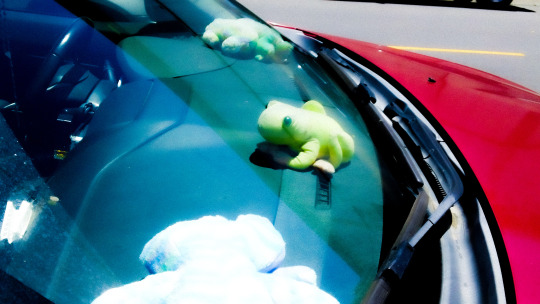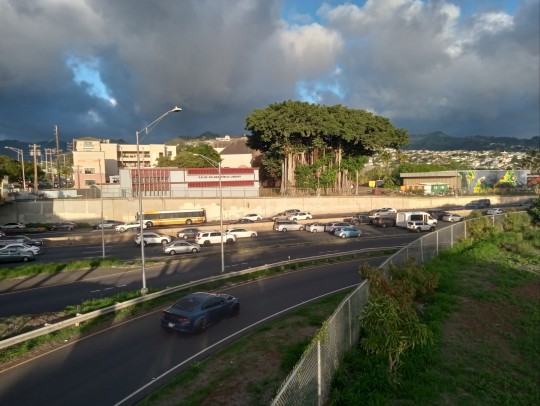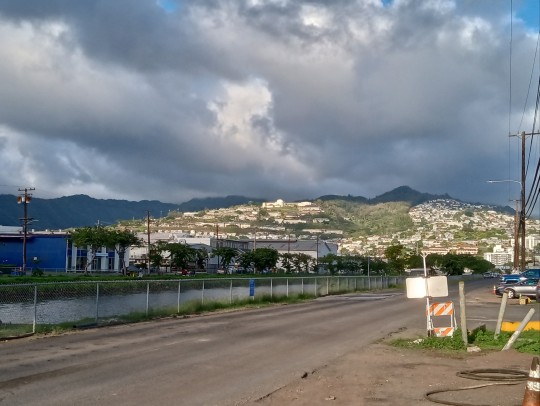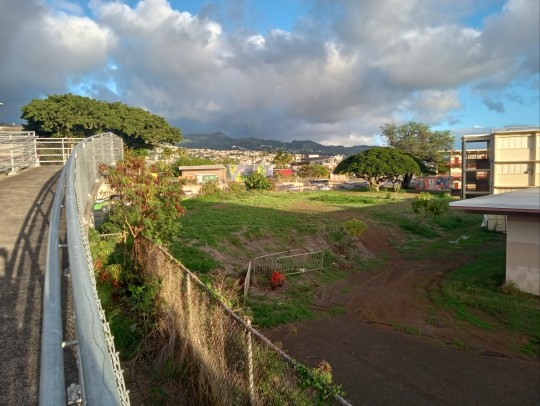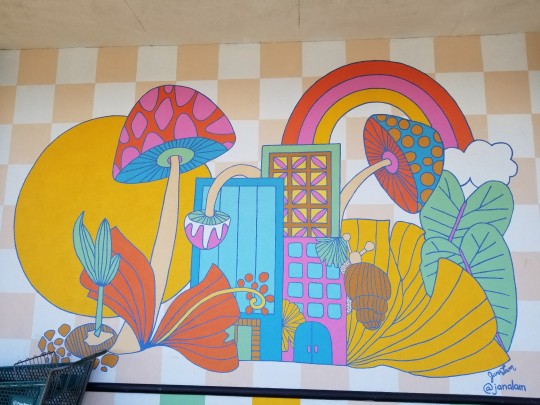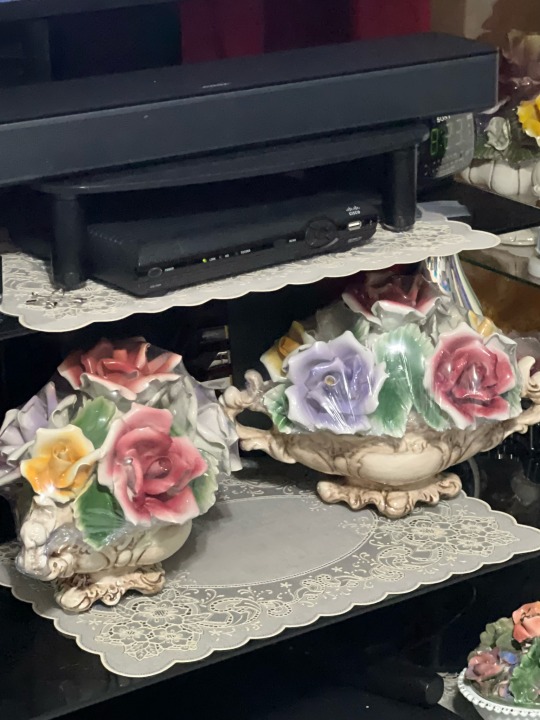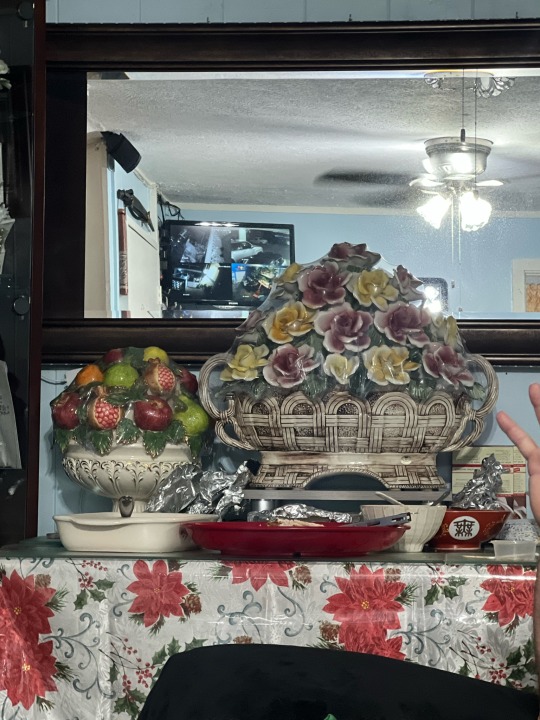#kalihi
Photo

First week back after 2 and years and corona. The place is as beautiful as we remember it. #shereton #kailuabeach #kalihi ##royalhawaiian #aulani #kapolei #westlock #kaneohe #jakeinhawaii (at Honolulu, Hawaii) https://www.instagram.com/p/CeCxUnBLx5xbjB-1syVG3_mRxn5v9LdwQ2JMhU0/?igshid=NGJjMDIxMWI=
0 notes
Text
Random Real Thoroughbred: KALIHI MAGGIE
KALIHI MAGGIE is a chesnut mare born in The United States in 1997. By AL MAMOON out of MY AFFECTION.
Link to their pedigreequery page: https://www.pedigreequery.com/kalihi+maggie
2 notes
·
View notes
Text
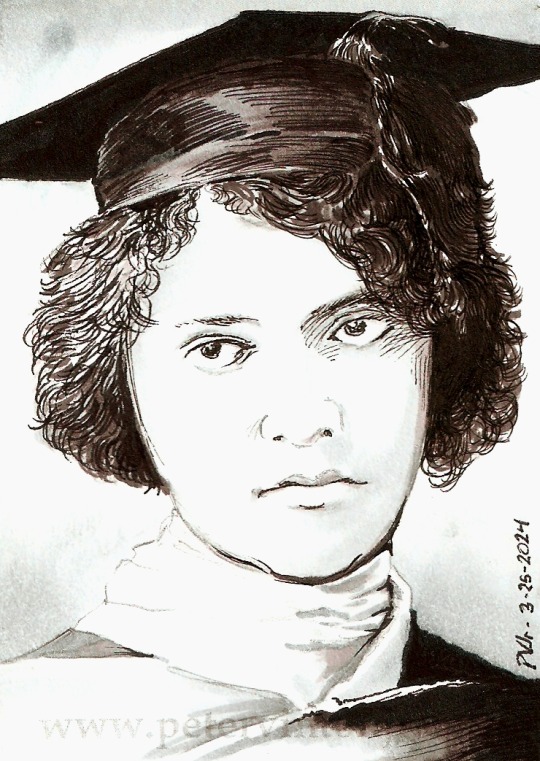
The first woman --of any race-- to earn a Masters' degree at the University of Hawai'i, Alice Augusta Ball's unfortunately brief life and achievements might very well have been lost to history. Born in 1892 Seattle, Ball briefly moved with her family to Hawai'i (not yet a U.S. state), but then returned to Washington to earn Bachelors' degrees in pharmaceutical chemistry (1912) and in pharmacy (1914). Ball's father James Ball, Jr., was (among other things) a professional photographer, and his father James Ball Sr., was a famous photographer in his own right --one of the very first Black Americans in the United States to learn the art/science of the daguerreotype. Alice's exposure (no pun intended!) to this still-emerging art form may have played a role in her aptitude for chemistry.
Ball returned to Hawai'i, enrolled at the University of Hawai'i (then known as the College of Hawai'i) and while pursuing her degree, joined the research team of the chemistry department. Her master's thesis focused on methods of extracting the active chemical in awa roots, which in turn led into her breakthrough discovery of a method of reconfiguring a water-soluble oil extract from the chaulmoogra tree, for the treatment of Hansen's Disease (perhaps better known as leprosy). An injectable regimen was developed from this research and remained the most effective treatment until the mid-1940's --leading to the full recovery of an unprecedented 78 patients.
Keep in mind that Ball's breakthrough predates modern antibiotics by several decades. Ball's death at the young age of 24 left behind some "gaps" in the research --among them an oversight that was later corrected (in 1922) by a colleague, public health officer and Assistant Surgeon at Kalihi Hospital, Dr. Harry Hollmann. Hollman named the chaulmoogra tree extraction process the "Ball Method." Two affiliated studies appeared in 1914 and 1917, making Ball the first Black scientist to publish in the Journal of the American Chemical Society.
Ball's contributions to pharmacology and immunology are at last being recognized: in 2000 a plaque was dedicated at the base of the university's sole remaining chaulmoogra tree; that same year February 29 was declared Alice Ball Day, and in 2007 the Board of Regents posthumously conferred upon Ball its prestigious Medal of Distinction.
#blm#black lives matter#womens history month#chemistry#leprosy#alice augusta ball#hawaii#teachtruth#dothework#showup
5 notes
·
View notes
Text
Sometimes I just look at some of these people who say they want to come work for the organization I work at because they believe in the mission and admire the work we do and I’m like…you dress like you’ve never taken a single step in Kalihi before this interview.
1 note
·
View note
Text
1141. November 10, 2023
The sleep in today was nice. No worries about having to do work. It felt more like what we were going to eat. This morning, meant driving to Kalihi for breakfast, lunch and dinner. From Zippy’s, Golden Coin and Marukai. Leftovers to finish from last night. We ate good. Slept good in response. Kanak attack on this holiday weekend.
0 notes
Text
Carb Day
The Mouse had a “weird” eating day yesterday. Dropped off The Cat for test, hence the liquid diet. Waited around town until she was ready to pick up. Stopped by the Bishop’s office to consult with manager and grabbed a cup of coffee. Gassed up the car, minor pump price shock. Pit stop at Rainbow Drive-In, the Kalihi branch, not the original Waikiki location. Just in time for breakfast menu before…
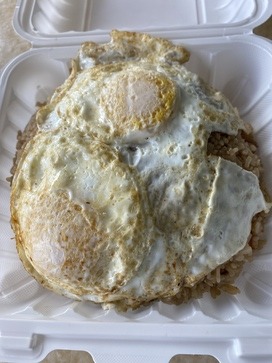
View On WordPress
0 notes
Text
Watch "Thieves load up two shopping carts at Home Depot in Kalihi | Hawaii" on YouTube
0 notes
Text


DATE: June 29th, 2023
LOCATION: on the outside wall of the restrooms at the Kalihi Transit Center, 611 Middle St.
OWNED BY: Hawaiian Telcom Inc.
PHONE NUMBER: 808-(???)-9936
1 note
·
View note
Text
Alice Augusta Ball
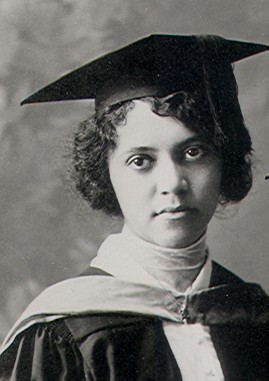
At the University of Hawaii, Ball investigated the chemical makeup and active principle of Piper methysticum (kava) for her master's thesis.[15]Because of this work, she was contacted by Dr. Harry T. Hollmann at Kalihi Hospital in Hawaii, who needed an assistant for his research into the treatment of leprosy.
At the time, leprosy or Hansen's Disease was a highly stigmatized disease with virtually no chance of recovery. People diagnosed with leprosy were exiled to the Hawaiian island of Molokai with the expectation that they would die there. The best treatment available was chaulmoogra oil, from the seeds of the Hydnocarpus wightianus tree from the Indian subcontinent, which had been used medicinally from as early as the 1300s. But the treatment was not very effective, and every method of application had problems. It was too sticky to be effectively used topically, and as an injection the oil's viscous consistency caused it to clump under the skin and form blisters rather than being absorbed. These blisters formed in perfect rows and made it look "as if the patient's skin had been replaced by bubble wrap". Ingesting the oil was not effective either because it had an acrid taste that usually made patients vomit it up.
At age 23, Ball developed a technique to make the oil injectable and absorbable by the body. Her technique involved isolating ester compounds from the oil and chemically modifying them, producing a substance that retained the oil's therapeutic properties and was absorbed by the body when injected. This Ball was unable to publish her revolutionary findings before her untimely death. Arthur L. Dean, a chemist and Ball's graduate study advisor, dean of the college, and later president of the university, was privy to details of the process she developed. After Ball's death, Dean undertook further trials and by 1919, a college chemistry laboratory was producing large quantities of the injectable chaulmoogra extract. Dean published details of the work and the findings without acknowledging Ball as the originator, or crediting her work. Her name is not mentioned in any of Dean's published works on the chaulmoogra extract, while the name "the Dean method" is appended to the technique. A University of Hawai'i academic, Paul Wermager, in 2004, quoted a 1921 newspaper interview with Dean, in which he emphasizes the importance of the work of his predecessors in the development of the extract. Despite this, according to Wermager, the Paradise of the Pacific report goes on to mention Hollmann and other colleagues, but not Ball.
In 1920, a Hawaii physician reported in the Journal of the American Medical Association that 78 patients had been discharged from Kalihi Hospital by the board of health examiners after treatment with injections of Ball's modified chaulmoogra oil. In Ball's Method, ethyl esters of the fatty acids found in chaulmoogra oil were prepared into a form suitable for injection and absorption into the circulation. While not curative or able to fully halt the disease's progress indefinitely, the isolated ethyl ester remained the only available, effective treatment for leprosy until sulfonamide drugs were developed in the 1940s.
Ball's colleague Hollmann attempted to correct the mistaken impression of the extract's development. He published a paper in 1922 giving credit to Ball, calling the injectable form of the oil the "Ball method" throughout the article. Hollmann discusses techniques developed elsewhere and reports progress in related leprosy treatments. Although Dean had contended that his later work was a refinement of Ball's method, producing an "advanced specific", Hollmann compares Dean's and Ball's techniques in the article, in a section titled "Ball's Method of Making Ethyl Esters of the Fatty Acids of Chaulmoogra Oil", and rejects this. He describes Dean's method and writes of it
Ball nevertheless remained largely forgotten in the scientific record. In the 1970s, Kathryn Takara and Stanley Ali, professors at the University of Hawai'i, found records of Ball's research and made efforts to ensure her achievement was recognized.
0 notes

